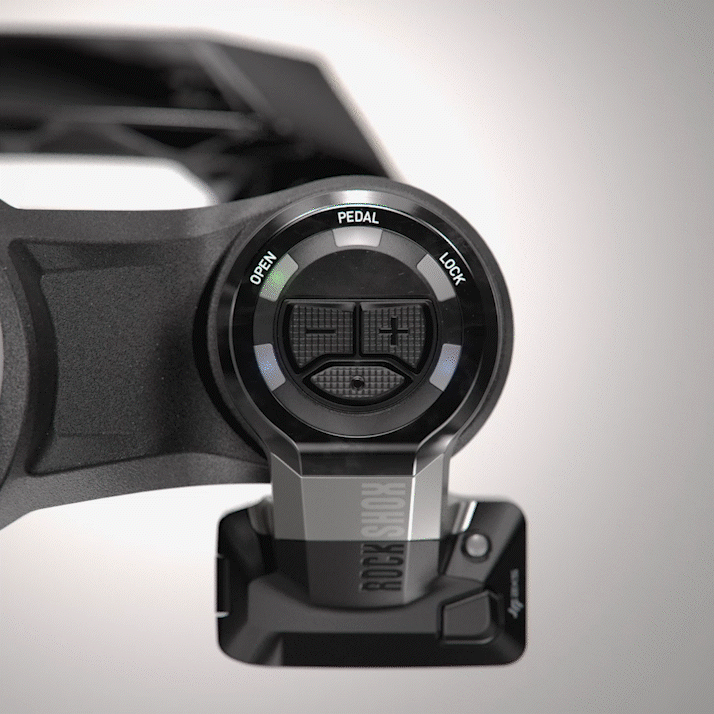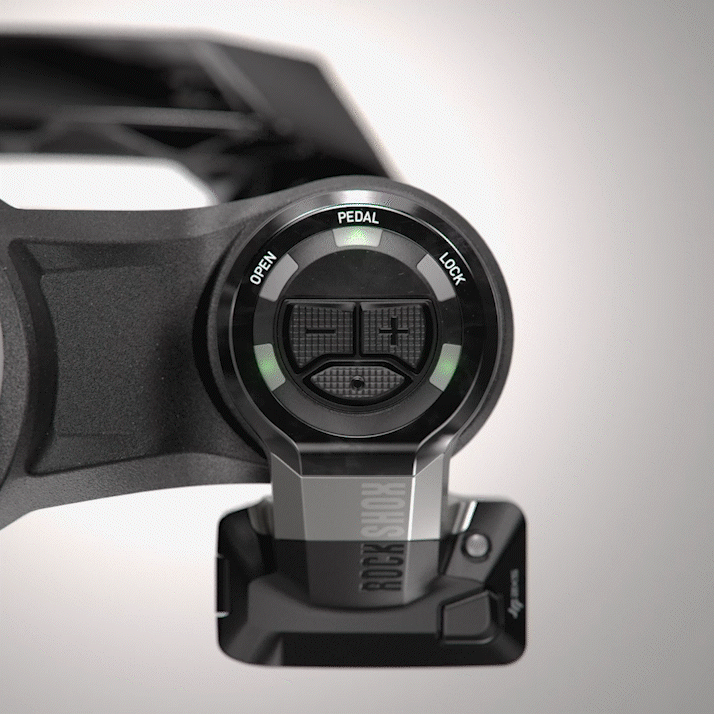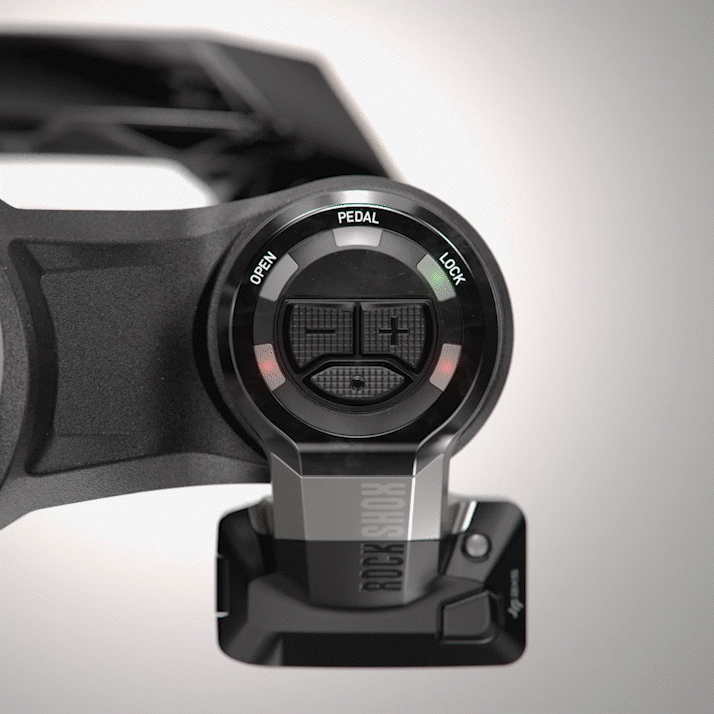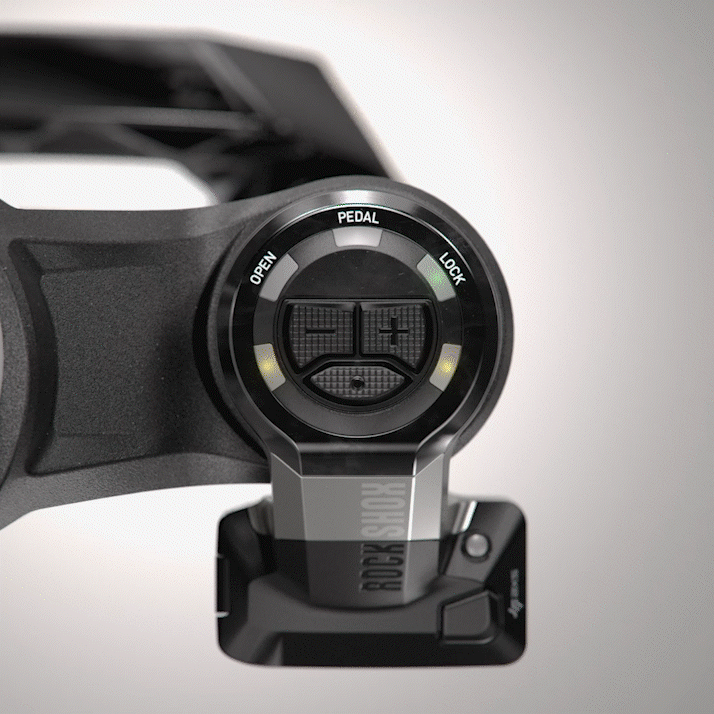INITIAL SETUP
Suspension setup is specific to each rider, their style, where they ride, and can change based on each of those variables. Use the TrailHead app or check out the chart on the fork’s lower leg to get a starting air pressure suggestion. For rear shocks, use the TrailHead app.





















